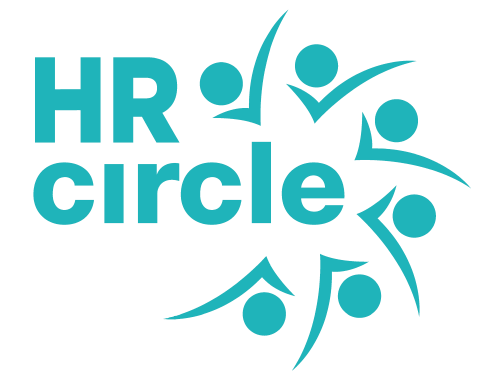For many small businesses, managing maternity leave — and, crucially, the return to work — can feel daunting. Unlike large corporations with dedicated HR teams, SMEs often have to balance empathy, compliance and business continuity with limited resources.
The good news? With some thoughtful planning and open communication, you can create a smooth, positive return-to-work experience that strengthens both trust and retention.
At HR Circle UK, we specialise in helping small employers manage this transition confidently. Below is a step-by-step checklist to support your returning team member — and keep your business running smoothly.
Step 1: Plan Early and Keep in Touch
Don’t wait until the last week of maternity leave to reconnect. Maintaining light contact throughout the leave period helps the employee feel informed and valued.
Do:
- Send updates about company news, promotions or major team changes.
- Ask if they’d like to receive internal newsletters or check-ins.
- Agree on communication preferences before they go on leave (some may want more, others less).
This helps avoid awkward surprises later and shows genuine care.
Step 2: Arrange a Pre-Return Meeting
A few weeks before the return date, schedule a return-to-work meeting. This conversation sets the tone for reintegration. Discuss:
- The confirmed return date and working pattern.
- Any requests for flexible or part-time working.
- Updates to their role, team or reporting lines.
- Support options such as a phased return or refresher training.
Be open, patient and proactive — this meeting is about partnership, not paperwork.
Step 3: Review Role and Responsibilities
During maternity leave, roles often evolve naturally. Take time to review:
- Whether projects, clients or systems have changed.
- Which responsibilities will resume immediately and which will phase back in.
- If temporary cover has taken on new duties — and how to hand these back sensitively.
Being transparent here avoids confusion and helps manage expectations on both sides.
Step 4: Offer a Phased Return or Flexible Working
Jumping straight back into full-time hours can be overwhelming. A phased return (for example, starting at three days per week and increasing gradually) can make a huge difference.
You might also consider:
- Hybrid or remote working days.
- Flexible start and finish times.
- Compressed or reduced hours.
These arrangements help parents adjust while maintaining productivity — and can dramatically improve retention.
Step 5: Refresh Training and Systems Access
If new technology, processes or compliance changes were introduced during their leave, offer training refreshers or system updates. Even confident employees can feel rusty after several months away.
Provide:
- Access to updated internal systems and logins.
- A short induction on what’s changed.
- Optional training modules or mentoring support.
Step 6: Communicate with the Wider Team
A successful return isn’t just about one person — it’s about the whole team. Let colleagues know when and how their teammate will return, so they can offer support and set realistic expectations.
💡 Tip: A simple welcome-back gesture — a team lunch, coffee catch-up or personalised card — goes a long way in rebuilding connection and confidence.
Step 7: Schedule Regular Check-Ins
The first 3–6 months post-return are crucial. Schedule monthly check-ins to review workload, wellbeing, and any adjustments needed. This keeps dialogue open and ensures both sides feel heard.
Ask simple but powerful questions like:
- “How is your current workload feeling?”
- “Is there anything that would make your return easier?”
- “Do you feel you’re getting the support you need?”
Step 8: Celebrate and Support Long-Term Growth
Once your team member is fully settled back in, make sure they’re not sidelined. Continue offering career development, training and progression opportunities. The goal is to reintegrate — not to reset.
When employees feel valued beyond their parental leave, they’re more engaged and loyal long-term.
Final Thoughts
Supporting a team member’s return from maternity leave doesn’t have to be complicated. With planning, empathy and structure, you can create a smooth transition that benefits both the employee and your business.
At HR Circle UK, we help small businesses design maternity, paternity and flexible working policies that are both legally compliant and people-focused.Get in touch to learn how we can help you build a supportive return-to-work framework tailored to your organisation.



